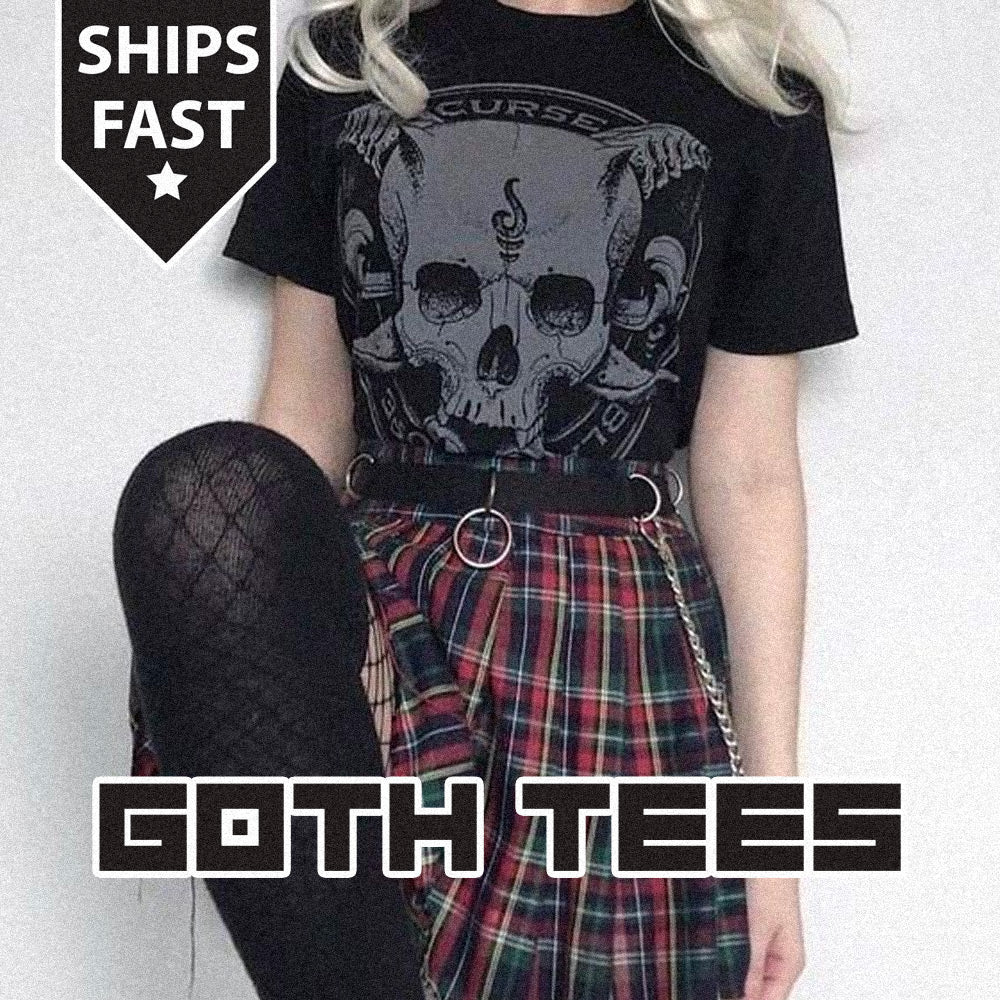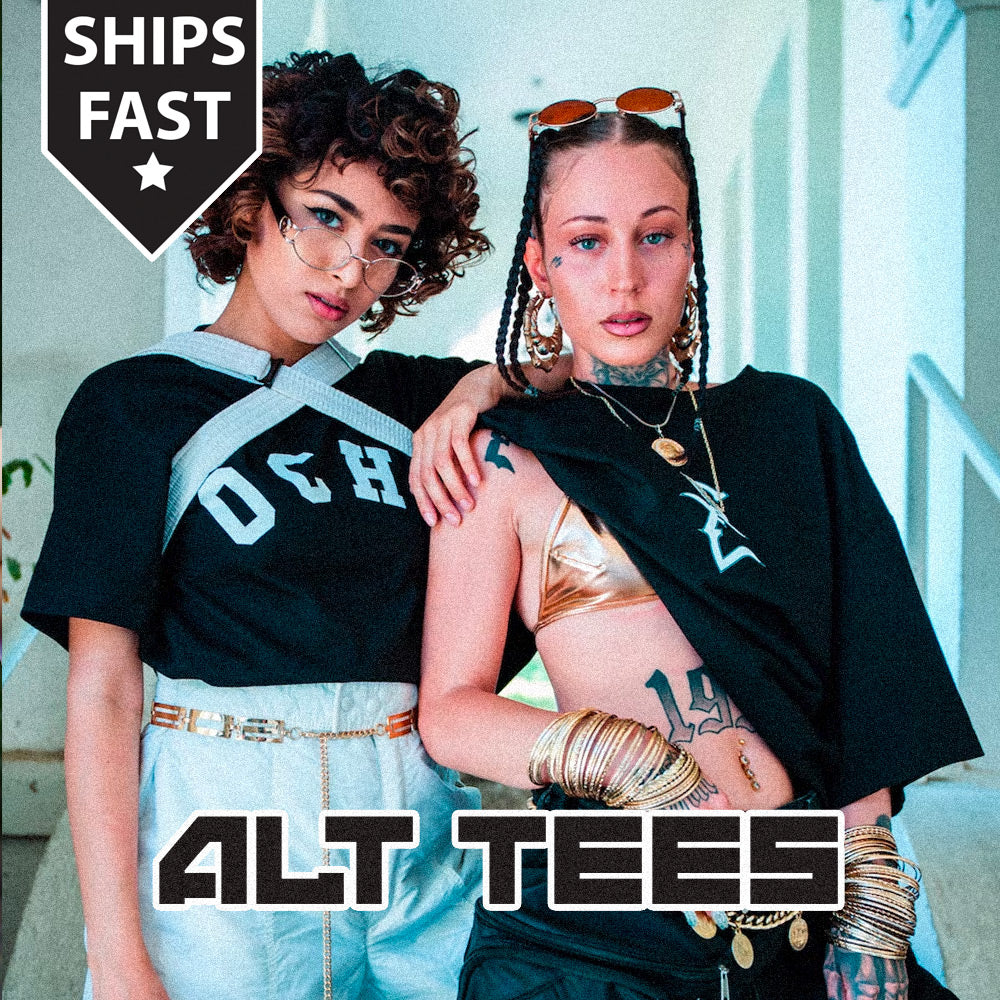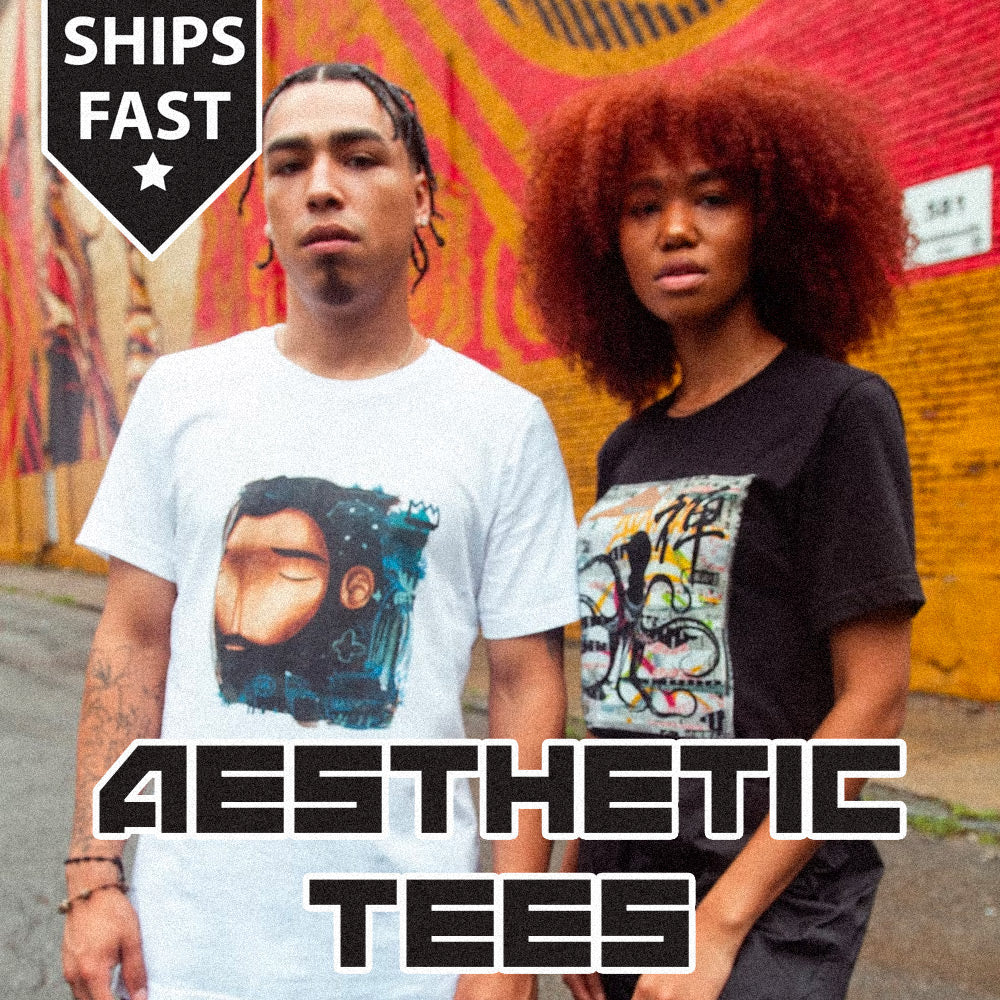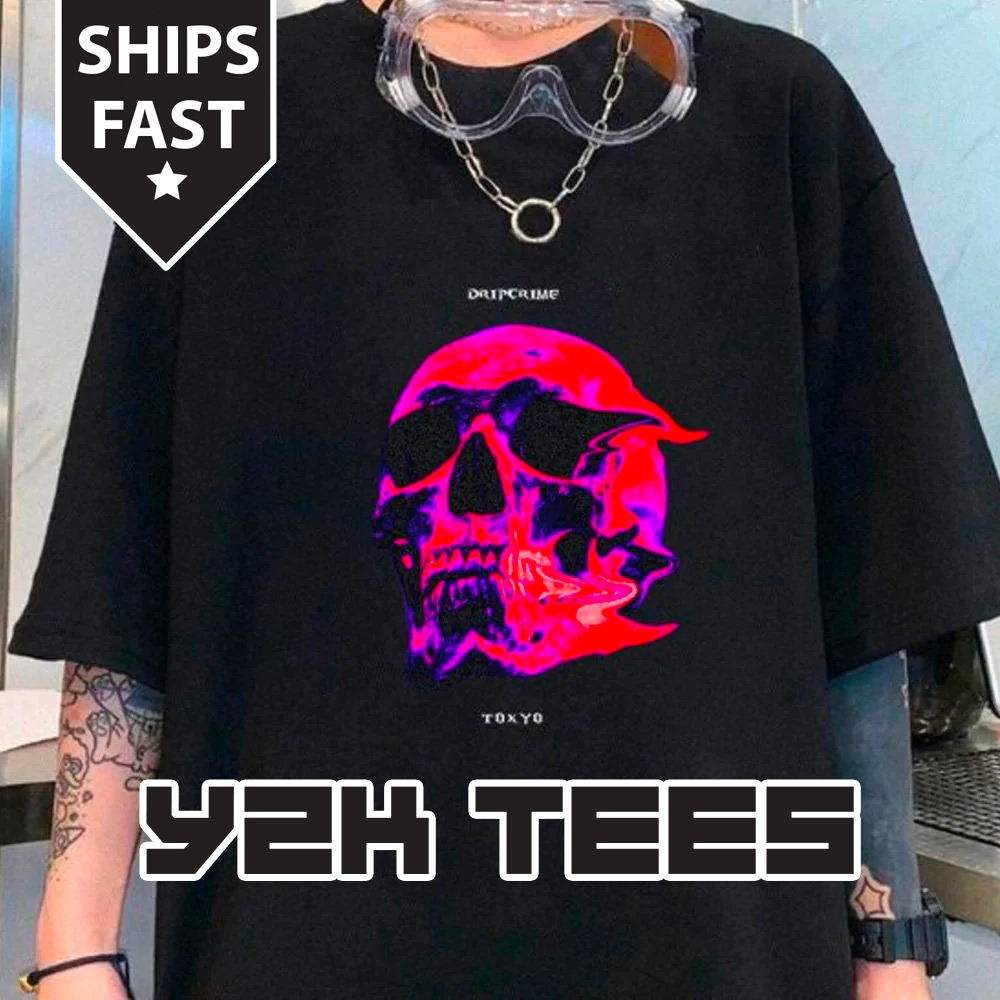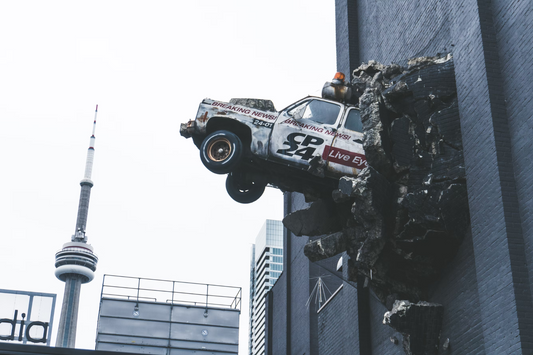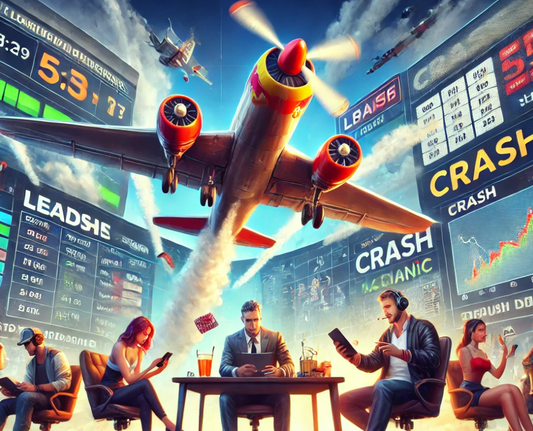Venture back in time and immerse yourself in the vibrant and rebellious world of 80s alternative fashion. This era witnessed a surge in creative expression, giving birth to styles that still inspire fashionistas today. From punk rock to new wave, alternative fashion played a pivotal role in shaping the cultural landscape of the 1980s.
The importance of alternative fashion in the 80s cannot be overstated. It provided a means for individuals to challenge mainstream norms and express their unique identities. Rejecting the conformity of the previous decades, people embraced edgy and unconventional clothing, embracing asymmetrical cuts, bold patterns, and an abundance of accessories. Alternative fashion was an open invitation to experiment and break free from traditional fashion conventions.
Music culture and alternative fashion were deeply intertwined during the 80s. The emergence of groundbreaking music genres like post-punk, goth, and new wave paved the way for a new wave of fashion trends. Bands such as The Smiths, Siouxsie and the Banshees, and Depeche Mode became both sonic and sartorial influencers. Fans adopted the distinctive styles of their favorite musicians, fusing fashion and music into a unified expression of self.
Fashion Trends in the 80s
A. Punk fashion
Originating in the 1970s, punk fashion was a rebellious and provocative style that gained prominence in the 80s. It was heavily influenced by the punk music scene and the anti-establishment ideologies of the time.
- Origins and influences: Punk fashion was inspired by the DIY (do-it-yourself) ethos, with individuals creating their own unique looks using unconventional materials and repurposed clothing.
- Key elements and iconic punk fashion items: The punk fashion scene was characterized by ripped clothing, safety pins, band t-shirts, leather jackets, and spiked accessories.
- Subcultures within punk fashion: Different subcultures emerged within punk fashion, such as the hardcore punk, skate punk, and anarcho-punk scenes, each with its own distinct style and fashion preferences.
B. New wave style
New wave fashion emerged as a reaction to the punk movement, offering a more polished and futuristic aesthetic. It was heavily influenced by the emergence of electronic music and the use of synthesizers in popular music.
- Characteristics and evolution from punk fashion: New wave style embraced a more clean and streamlined look, with influences from the mod fashion of the 1960s. It incorporated elements of punk, but with a more sophisticated and refined approach.
- Influence of electronic music on new wave style: The rise of electronic music, such as synthpop and new romanticism, had a significant impact on new wave fashion. Artists like David Bowie and Duran Duran became fashion icons of this era.
- Key elements and popular new wave fashion trends: New wave fashion featured bold colors, geometric patterns, shoulder pads, skinny ties, and asymmetrical cuts. The androgynous look was also popularized during this time.
C. Goth fashion
Gothic fashion emerged in the 80s as a subculture with its roots in punk and post-punk music. It embraced dark aesthetics, melancholic themes, and unconventional beauty.
- Emergence and development of gothic subculture: The gothic subculture emerged as an offshoot of punk and post-punk music scenes, with bands like Siouxsie and the Banshees and The Cure contributing to its popularity.
- Dark aesthetics and symbolism in goth fashion: Goth fashion embraced a dark and romantic style, drawing inspiration from Victorian and Edwardian fashion, as well as horror literature and imagery. Black clothing, lace, corsets, and heavy makeup were common elements.
- Iconic goth fashion items and clothing styles: Goth fashion was characterized by flowing dresses, fishnet stockings, platform boots, and religious symbols. The look often included morbid accessories like skull jewelry and crosses.
D. Post-punk aesthetics
Post-punk fashion emerged as a reaction to the punk and new wave movements. It blended elements of both styles and added its own unique features, creating a more experimental and avant-garde look.
- Transition from punk to post-punk fashion: Post-punk fashion emerged as punk music evolved and diversified. It incorporated elements of punk, new wave, and goth styles, creating a hybrid fashion movement.
- Mixing elements of punk, new wave, and goth styles: Post-punk fashion combined the rebellious spirit of punk, the futuristic elements of new wave, and the dark aesthetics of goth fashion to create a highly eclectic and unconventional style.
- Unique features and fashion icons of post-punk aesthetics: Post-punk fashion was characterized by unconventional silhouettes, oversized clothing, deconstructed designs, and experimental hairstyles. Fashion icons such as Debbie Harry and Siouxsie Sioux were influential in this movement.
Influential Fashion Designers of the Era
Vivienne Westwood
Vivienne Westwood is a renowned name in the world of punk and alternative fashion. Her contributions to these subcultures are unparalleled and have shaped the fashion landscape of the 80s.
Westwood's iconic designs and fashion shows in the 80s were groundbreaking and pushed boundaries. She revolutionized the punk aesthetic with her innovative take on tartan, safety pins, and leather. Her shows became legendary, known for their theatricality and rebellious spirit.
Vivienne Westwood's influence on contemporary fashion continues to be felt. Her daring and unconventional approach to design has inspired generations of designers who carry forward her legacy of challenging the status quo and embracing individuality.
Jean Paul Gaultier
Jean Paul Gaultier is a fashion maestro known for his innovative creations and his exploration of gender roles. In the 80s, he brought alternative fashion into the mainstream with his daring and boundary-pushing designs.
Gaultier collaborated with music artists, such as Madonna, and his influence in alternative fashion grew stronger. His designs were provocative, combining unexpected elements and mixing feminine and masculine aesthetics.
Jean Paul Gaultier's signature style in the 80s included cone bras, corsets, and sailor-inspired motifs. His designs became instantly recognizable, showcasing his unique vision and artistic flair.
Rei Kawakubo (Comme des Garçons)
Rei Kawakubo, the creative genius behind Comme des Garçons, offered an avant-garde and deconstructive approach to fashion in the 80s. Her designs challenged conventional notions and pushed the boundaries of what was considered "fashion."
Kawakubo's impact on the alternative fashion scene cannot be overstated. Her boundary-pushing designs disrupted traditional silhouettes, showcased unusual fabrics, and embraced asymmetry and imperfections.
Rei Kawakubo's influence continues to be seen in the work of contemporary designers. Her revolutionary approach to fashion has inspired future generations of designers to think outside the box and create their own unique visions.
Apparel and Hair Trends
A. DIY clothing and customizations
During the 80s, DIY clothing and customizations became a prominent trend in alternative fashion. Inspired by the rebellious spirit of punk fashion, individuals sought to create unique and personalized pieces that reflected their individuality.
1. Influence of punk fashion on DIY culture: Punk fashion was known for its anti-establishment ethos and DIY attitude. This ethos influenced a DIY culture that valued self-expression and creativity, leading to the rise of DIY clothing and customizations in the 80s.
2. Popular DIY techniques and customization ideas of the 80s: Some popular DIY techniques included distressing jeans, studding leather jackets, and painting band logos on t-shirts. Customization ideas ranged from safety pin adorned clothing to unique patchwork designs.
3. Importance of individuality and self-expression through clothing: DIY clothing and customizations allowed individuals to showcase their unique personalities and stand out from mainstream fashion trends. This emphasis on individuality and self-expression became integral to 80s alternative fashion.
B. Vintage clothing and thrift shopping
In the 80s, there was a rising popularity in second-hand clothing, thanks to a newfound appreciation for vintage fashion. Thrift shopping quickly became a popular way to find unique and affordable alternative fashion pieces.
1. Rising popularity of second-hand clothing in the 80s: The 80s saw a shift in fashion consciousness, with many individuals seeking to break away from mass-produced clothing. Vintage clothing, with its nostalgic appeal and history, became an attractive choice for alternative fashion enthusiasts.
2. Thrift shopping as a way to find unique and affordable alternative fashion pieces: Thrift stores became treasure troves for those seeking one-of-a-kind fashion items. From retro band t-shirts to statement jackets, thrift shopping offered a wide range of options for creating an alternative style.
3. Tips for successful thrift shopping and creating a retro-inspired look: To make the most of thrift shopping, it's important to have an open mind and embrace the hunt. Look for pieces with unique patterns, textures, and silhouettes that reflect the fashion trends of the 80s. Pairing vintage finds with modern accessories can help create a retro-inspired look that's both fashionable and unique.
C. Retro fashion trends
Alongside DIY clothing and vintage finds, retro fashion trends played a significant role in shaping 80s alternative fashion. There was a strong nostalgia for previous eras, particularly the 1950s, 1960s, and 1970s, which heavily influenced alternative style.
1. Nostalgia for previous eras in 80s fashion: The 80s were a time of cultural retrospection, as individuals yearned for an escape from the fast-paced technologically-driven world. This resulted in a revival of retro fashion elements that provided a sense of familiarity and comfort.
2. Influence of 1950s, 1960s, and 1970s fashion on alternative style: The iconic fashion of the 1950s, 1960s, and 1970s influenced alternative style in the 80s. This included elements such as rockabilly-inspired polka dots, bohemian fringe, and disco-infused sequins, all of which were incorporated into alternative fashion looks.
3. Incorporating retro elements into modern alternative fashion: 80s alternative fashion embraced the blending of retro and modern elements. This created a unique aesthetic that referenced the past while also staying relevant to the contemporary alternative fashion scene.
Music and Cultural Influence
When discussing 80s alternative fashion, it is impossible to ignore the strong connection between music and cultural influence. The music of the era played a significant role in shaping fashion trends and subcultures that emerged.
Punk's impact on alternative fashion
Punk music, with its rebellious and anti-establishment attitude, heavily influenced alternative fashion in the 80s. The DIY ethos of punk translated into fashion choices that were unique, unconventional, and daring.
Throughout the decade, punk fashion became a popular mode of self-expression, with individuals embracing ripped clothing, leather jackets, safety pins, and bold hairstyles. These fashion choices represented a rejection of mainstream societal norms and a desire to create a distinct style.
Representation of punk fashion in the music industry
The music industry played a crucial role in showcasing and popularizing punk fashion. Iconic punk bands like The Sex Pistols and The Clash not only revolutionized music but also became fashion influencers. Their rebellious looks and onstage style choices resonated with fans and helped propel punk fashion into the mainstream.
Punk fashion was not limited to just the artists themselves. Fans eagerly embraced the punk aesthetic, creating a dedicated subculture that celebrated individuality and nonconformity.
Enduring influence and evolution of punk-inspired fashion
The influence of punk fashion extended beyond the 80s, continuing to inspire alternative fashion even to this day. Elements of punk's do-it-yourself ethos and edgy style can still be seen in contemporary alternative fashion trends.
Over time, the aesthetics of punk have evolved, incorporating new elements and blending with other subcultures. The enduring presence of punk-inspired fashion is a testament to its lasting impact on alternative style.
American vs. UK alternative fashion
The alternative fashion scenes in the United States and the United Kingdom had distinct styles and subcultures that set them apart.
Contrasting styles and subcultures between the US and UK
American alternative fashion in the 80s was largely influenced by punk and new wave music. It embraced a more eclectic and colorful approach, with trends such as neon clothing, oversized accessories, and experimental hairstyles.
In contrast, UK alternative fashion drew heavily from the punk subculture. The style was characterized by ripped clothing, leather jackets, tartan prints, and more minimalist aesthetics.
Role of geographical and cultural differences in fashion trends
Geographical and cultural differences played a significant role in shaping the fashion trends of each region. The distinct histories, music scenes, and social contexts influenced the fashion choices and subcultures that emerged.
Collaboration and cross-pollination of alternative fashion between the two regions
Despite their differences, American and UK alternative fashion scenes also had moments of collaboration and cross-pollination. Fashion designers, musicians, and fans from both sides of the Atlantic exchanged ideas and inspirations, leading to the blending of styles and the creation of unique fashion movements.
Rock music and its influence on 80s alternative fashion
Rock music also played a significant role in the fashion of the 80s. The relationship between rock music and fashion was symbiotic, with musicians using their style as a means of self-expression and fans emulating their idols' looks.
Rock musicians embraced leather, studs, band t-shirts, and androgynous fashion choices. Their bold and flamboyant outfits pushed the boundaries of traditional fashion norms, inspiring fans to adopt similar styles.
Fusion of rock and alternative fashion in the era
The era saw a fusion of rock and alternative fashion, resulting in a unique and eclectic style. Elements of punk, new wave, and rock aesthetics merged, giving rise to fashion movements that celebrated individuality and self-expression.
From spiked collars to torn denim and wild hairstyles, rock and alternative fashion of the 80s represented a rebellion against societal norms and a celebration of creativity and nonconformity.
Iconic Fashion Movements of the 80s
The 1980s was a decade that gave birth to various influential fashion movements. From eccentric and flamboyant choices to rebellious and youth-driven styles, the 80s alternative fashion scene had something for everyone.
A. New Romanticism
1. Origins and cultural context of the movement
The New Romanticism movement emerged in the early 1980s and was characterized by its fusion of glam rock, punk, and new wave influences. It was a rebellious response to the conservative climate of the time, rejecting mainstream fashion norms.
2. Eccentric and flamboyant fashion choices of New Romantics
New Romantics embraced a theatrical and dramatic aesthetic, with men often sporting powdered faces, eyeliner, and colorful, elaborate outfits. Women opted for frills, lace, and bold makeup, creating an androgynous and extravagant look.
3. Notable figures and music associated with the New Romantic movement
Adam Ant, Boy George, and Duran Duran were some of the notable figures in the New Romantic scene. Their music, fashion, and provocative performances helped solidify the movement's influence on 80s alternative fashion.
B. Rave culture and acid house fashion
1. Impact of the rave and acid house scenes on fashion
The late 80s witnessed the rise of rave culture and the underground music genre of acid house. These movements greatly influenced fashion, pushing boundaries and embracing a more casual and streetwear-inspired style.
2. Vibrant colors, oversized clothing, and smiley face motifs as popular fashion elements
Rave fashion was characterized by vibrant neon colors, oversized clothing, and psychedelic smiley face motifs. Baggy pants, funky t-shirts, and colorful accessories became staples of this iconic 80s alternative fashion movement.
3. Rave fashion as a symbol of freedom, rebellion, and youth culture
Rave fashion symbolized freedom, rebellion, and the energetic youth culture of the 80s. It allowed individuals to express themselves creatively and connect with like-minded individuals in an inclusive and non-conformist environment.
- The 80s were a time of revolution and self-expression, reflected through alternative fashion choices.
- Fashion trends in the 80s ranged from punk and gothic influences to new wave and designer fashion.
- Influential fashion designers of the era included Vivienne Westwood, Alexander McQueen, and Jean Paul Gaultier.
- Apparel and hair trends such as bold colors, leather jackets, teased hairstyles, and big shoulder pads were prevalent.
- Music and cultural movements like punk, new wave, and post-punk had a significant impact on 80s alternative fashion.
- Iconic fashion movements like glam rock, hip-hop, and grunge emerged during the 80s, shaping the fashion landscape.
80s alternative fashion revolutionized the way people express themselves through clothing. It challenged societal norms and pushed boundaries, leaving a lasting impact on the fashion industry. The boldness, creativity, and individuality of 80s alternative fashion continue to inspire designers and fashion enthusiasts today.
If you're interested in learning more about fashion subcultures and their influence, be sure to check out our other articles and resources. From the avant-garde style of the 70s to the streetwear culture of the 90s, there's a wealth of fascinating fashion subcultures waiting to be discovered.

